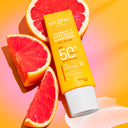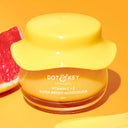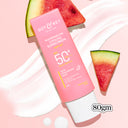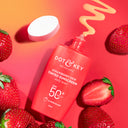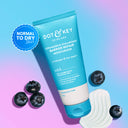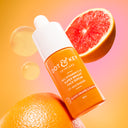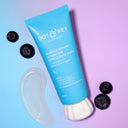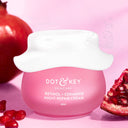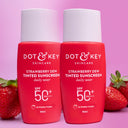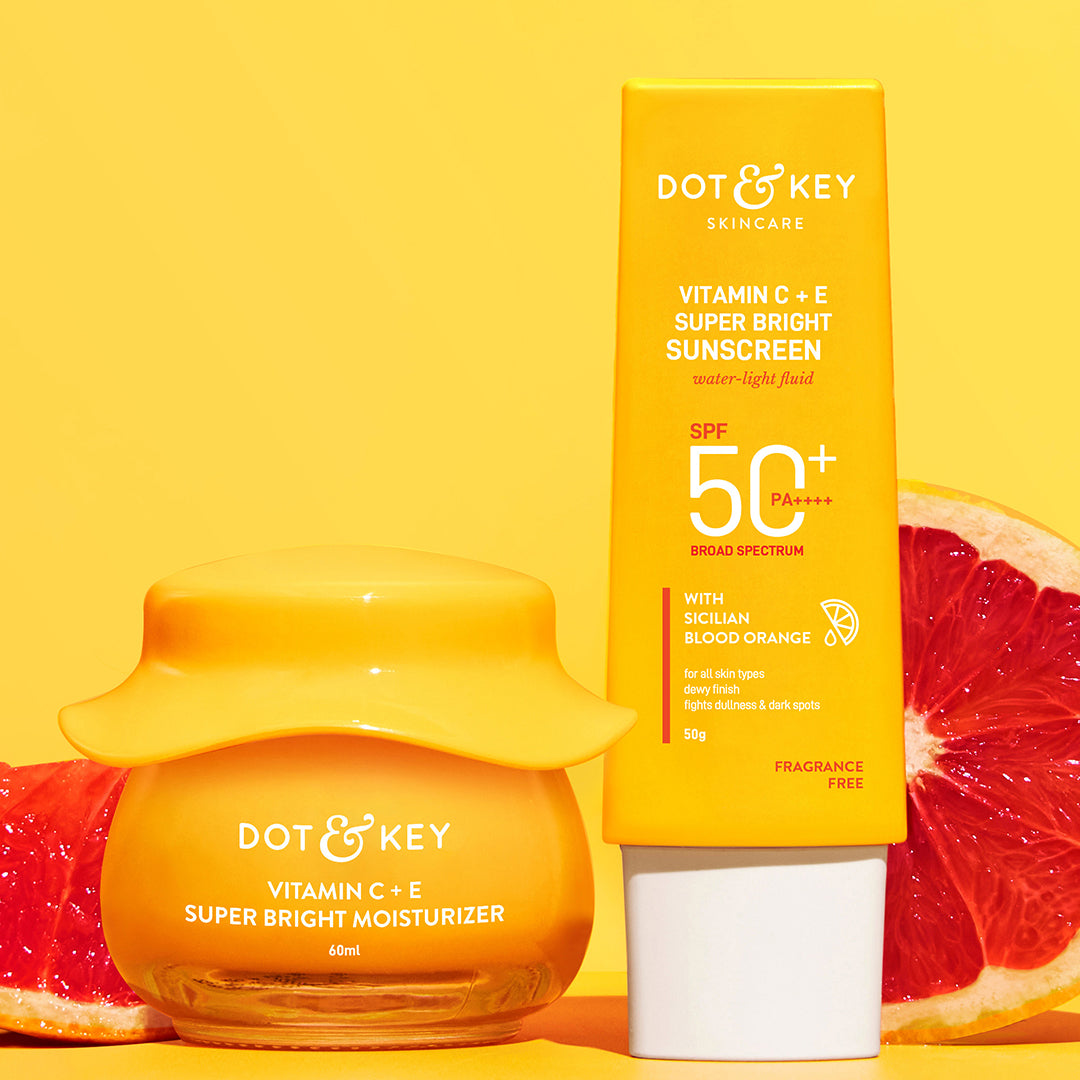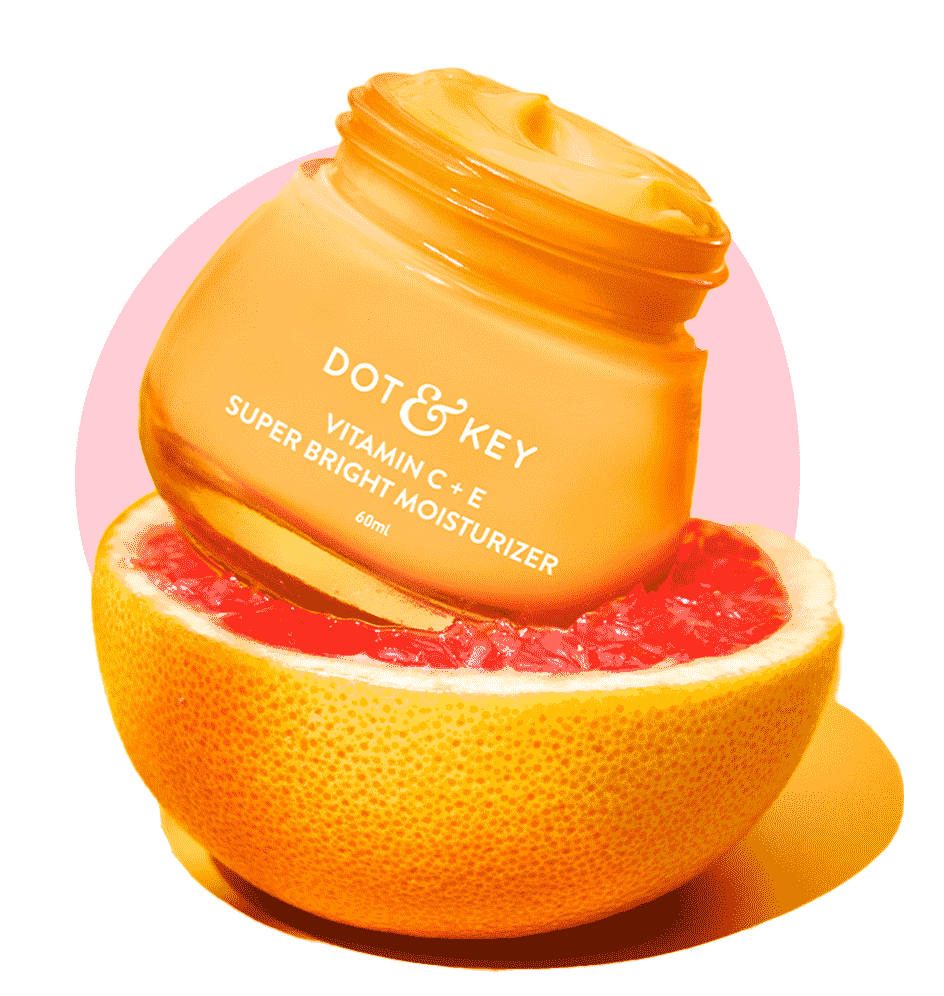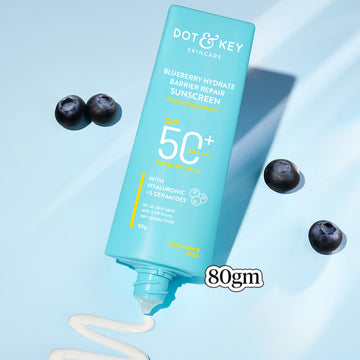
Winter may dim the sunshine, but UV rays? They’re still doing their thing. When the air turns chilly and the sweaters come out, it’s easy to think sunscreen can take a backseat — but that’s one skincare myth worth melting away.
Even on cloudy, cosy days, UV rays sneak through and silently chip away at your skin barrier, leading to dullness, pigmentation, and early signs of ageing. And if you’re spending long hours near windows or scrolling under indoor lighting, your skin’s still catching some rays (yes, really).
So before you swap your SPF for hot chocolate, here’s your reminder: sun protection is a 365-day affair. In this guide, we’ll break down why winter SPF matters, bust a few myths, and share simple tips to keep your skin glowing, healthy, and protected — without adding another dozen steps to your routine.
Understanding UV Rays Year-Round
Let’s clear one thing up — the sun doesn’t take a winter vacation. Even when it’s cloudy, chilly, or snowing, UV rays are still doing their thing behind the scenes.
There are two main types to know:
- UVA rays are the sneaky ones. They go deep into your skin, quietly causing wrinkles, uneven tone, and loss of elasticity — aka photoageing. These rays don’t care if it’s sunny, cloudy, or freezing outside; they’re present all year and can even pass through glass. So yes, your morning drive or work-from-window spot counts as UV exposure.
- UVB rays are stronger in summer and responsible for sunburns, but they don’t disappear in winter. Snow can actually make things worse — it reflects up to 80% of UV rays, hitting your skin from above and below (think of it like standing between two mirrors of sunlight).
And if you’re headed to the mountains, take note: UV exposure increases by around 5% for every 1,000 feet (300 metres) you climb. That means a ski trip or high-altitude trek can leave your skin more exposed than you’d think.
Fun fact — the Earth is actually closer to the sun during the Northern Hemisphere’s winter (around January), but because of the Earth’s tilt, UVB rays still feel weaker. Still, UVA rays stay constant, quietly building up long-term damage if you skip your SPF.
In short: winter may look dull, but UV damage isn’t. Keeping up with sunscreen year-round isn’t overkill — it’s smart prevention that your future skin will thank you for.
The Myths About Winter Sun Protection
Winter might feel like a break for your skin, but UV rays don’t take time off — they just get sneakier. Let’s clear up a few common SPF myths that pop up as soon as the temperatures drop.
Myth 1: “It’s cloudy, so I don’t need sunscreen.”
Not true! Up to 80% of UV rays still pass through clouds, meaning even the gloomiest afternoon can expose your skin. Think of clouds as a light filter — they dim the brightness but don’t block the harmful stuff.
Myth 2: “It’s cold, so UV rays aren’t strong.”
Temperature has nothing to do with UV intensity. You may not feel the burn in chilly air, but the damage quietly builds up underneath. It’s the rays, not the thermometer, that matter.
Myth 3: “I’m indoors, so I’m safe.”
Not entirely! UVA rays can penetrate glass, so if you spend long hours near a window — at your desk, in the car, or by that cozy sunlit corner — your skin still needs protection. Fun fact: drivers often show more sun damage on the side of their face closest to the window.
Myth 4: “Darker skin doesn’t need SPF.”
Melanin does offer some natural defense, but it’s not a shield. People with deeper skin tones can still experience UV-induced ageing, pigmentation, and even skin cancer. Dermatologists recommend broad-spectrum SPF for every skin tone, every season.
When it comes to winter sun, skipping sunscreen isn’t saving time — it’s trading glow for damage you’ll see later. The fix? Make SPF your all-season habit. Your skin barrier (and future selfies) will thank you.
How Winter Conditions Affect Your Skin
Winter doesn’t just bring chilly air and cosy sweaters — it also brings sneaky skin challenges that can make UV damage worse.
When the air turns dry, your skin barrier (the shield that keeps moisture in and irritants out) starts to weaken. Low humidity means faster moisture loss, which leaves your skin flaky, tight, and more sensitive. And when that barrier cracks, UV rays get an easier way in — think of it like tiny gaps in a fortress wall letting sunlight sneak through.
Cold winds and indoor heaters don’t help either. They strip away natural oils, making your skin even more parched. So, even though the sun feels softer, any UV exposure can hit harder because your skin’s defences are already running low.
And if you’re out skiing or taking snowy selfies? Snow can reflect up to 80% of UV rays — doubling your exposure without you realising it. That’s why “snowburn” is a real thing (and yes, it stings). The good news? Winter is the perfect time to make SPF feel effortless. Since your skin isn’t sweating much, sunscreen layers beautifully with rich moisturisers. With the right combo, you can keep your glow, protect your barrier, and enjoy winter without worry.
Choosing the Right SPF for Winter
Picking a sunscreen for winter doesn’t need to be complicated — it’s all about comfort and consistency. Go for a broad-spectrum SPF 30 or higher, which shields against both UVA (ageing) and UVB (burning) rays. That’s enough to keep your skin protected every single day, even when the sun feels mild.
Since winter can leave your skin dry and tight, hydrating sunscreens are your best friends. Look for creamy, moisture-rich formulas that double up as your morning moisturiser. Ingredients like ceramides, hyaluronic acid, or vitamin E help lock in hydration while guarding against the cold.
Heading outdoors? A water-resistant SPF is worth it — just don’t forget to reapply every two hours or after sweating. And yes, your hands, ears, and lips need love too — a swipe of SPF lip balm goes a long way.
If you have acne-prone skin, pick a non-comedogenic formula that won’t clog pores. For sensitive types, mineral sunscreens with zinc oxide or titanium dioxide sit gently on the skin and calm redness.
No SPF is a full-on shield, so pair it with scarves, hats, and mindful timing when you’re outdoors. Winter glow looks best when it’s protected.
Practical Tips for Incorporating SPF in Winter
Making SPF a winter habit doesn’t have to be complicated — it’s all about small, consistent steps that fit into your everyday routine.
- Make it part of your morning routine: After cleansing and moisturising, smooth on your sunscreen before makeup. Think of it as your invisible shield for the day.
- Reapply, but smartly: If you’re indoors most of the day, once in the morning is usually enough. Stepping out? Touch up every two hours — SPF compacts or setting sprays make it super easy.
- Layer it right: Pair your SPF with a rich moisturiser to fight off winter dryness. Hydrate first, then seal it in with sunscreen for that soft, healthy glow.
- Stay covered outdoors: Whether you’re out for a walk or hitting the slopes, layer up with scarves, gloves, and a higher SPF. Cold weather doesn’t cancel UV rays!
- Indoor awareness matters too: Sitting by a window or working from a sunny corner? UVA rays still reach you. A light SPF layer keeps you covered.
- Share the glow: Encourage your friends and family to do the same — SPF is a self-care step that benefits everyone.
With these easy tweaks, SPF becomes less of a “task” and more of a daily glow ritual.
Conclusion
Winter may dim the sunshine, but UV rays are still in play — quietly working against your skin’s natural radiance. The good news? A little daily SPF care goes a long way.
By understanding how winter really affects your skin and sticking to small, consistent habits, you’re protecting your glow today and your skin’s future. So, embrace the chill, layer up (in skincare and scarves), and let your skin shine bright all season long.
Key Takeaways
- UV rays, especially UVA, are present year-round and penetrate clouds and glass.
- Snow can reflect up to 80% of UV, increasing exposure in winter activities.
- Use broad-spectrum SPF 30+ daily, even indoors or on cloudy days.
- Winter dryness weakens the skin barrier, making UV protection more crucial.
- Combine SPF with clothing and shade for comprehensive defence.
FAQs
Do I need sunscreen if I'm indoors most of the winter?
Yes, UVA rays pass through windows, so if you're near one for long periods, apply SPF to exposed areas like your face and hands.
How much sunscreen should I apply in winter?
Use about a teaspoon for your face and neck. Reapply every two hours if outdoors, or as needed.
Can I use my summer sunscreen in winter?
Absolutely, as long as it's broad-spectrum and not expired. Consider a more moisturising formula if your skin feels dry.
What if I have sensitive skin – is SPF still safe?
Yes, choose mineral-based options, which are often gentler. Patch test new formulas and consult a dermatologist if irritation occurs.
Does wearing makeup with SPF count as protection?
It helps but isn't enough alone. Layer a dedicated sunscreen underneath for full coverage, as makeup SPF levels vary.

